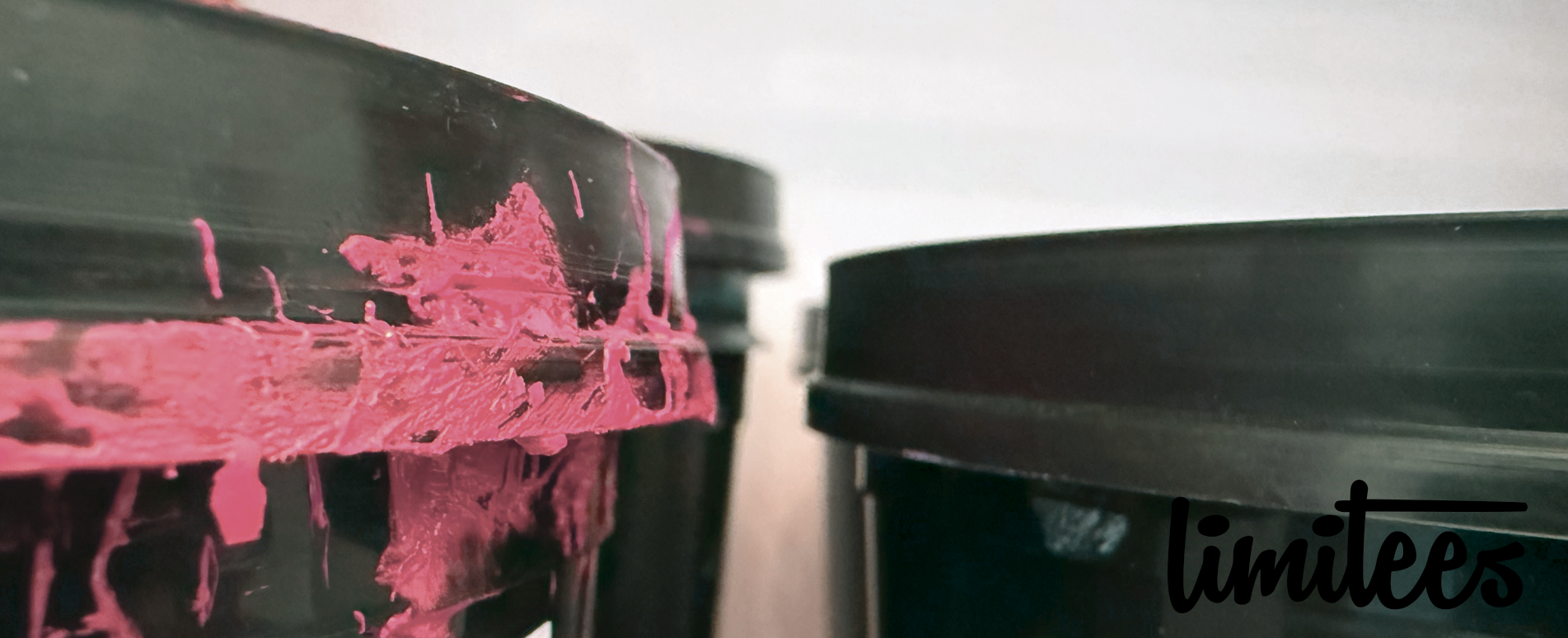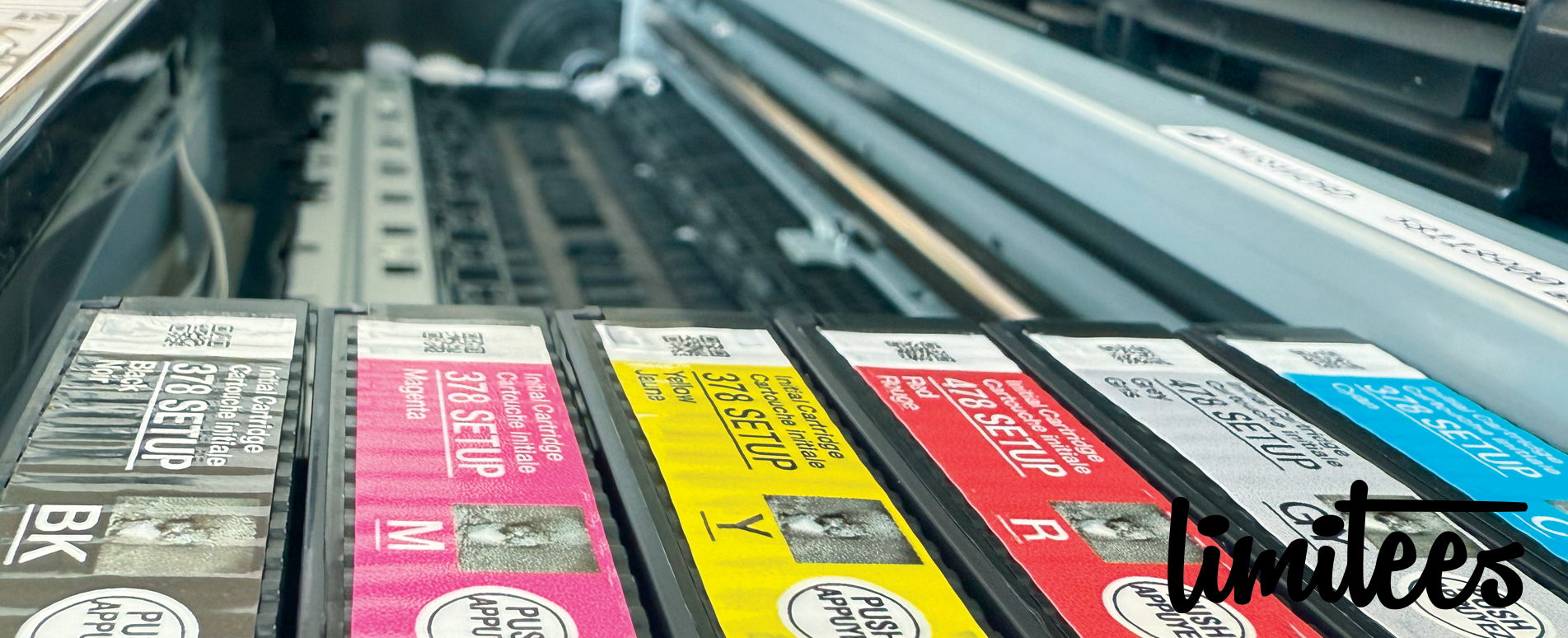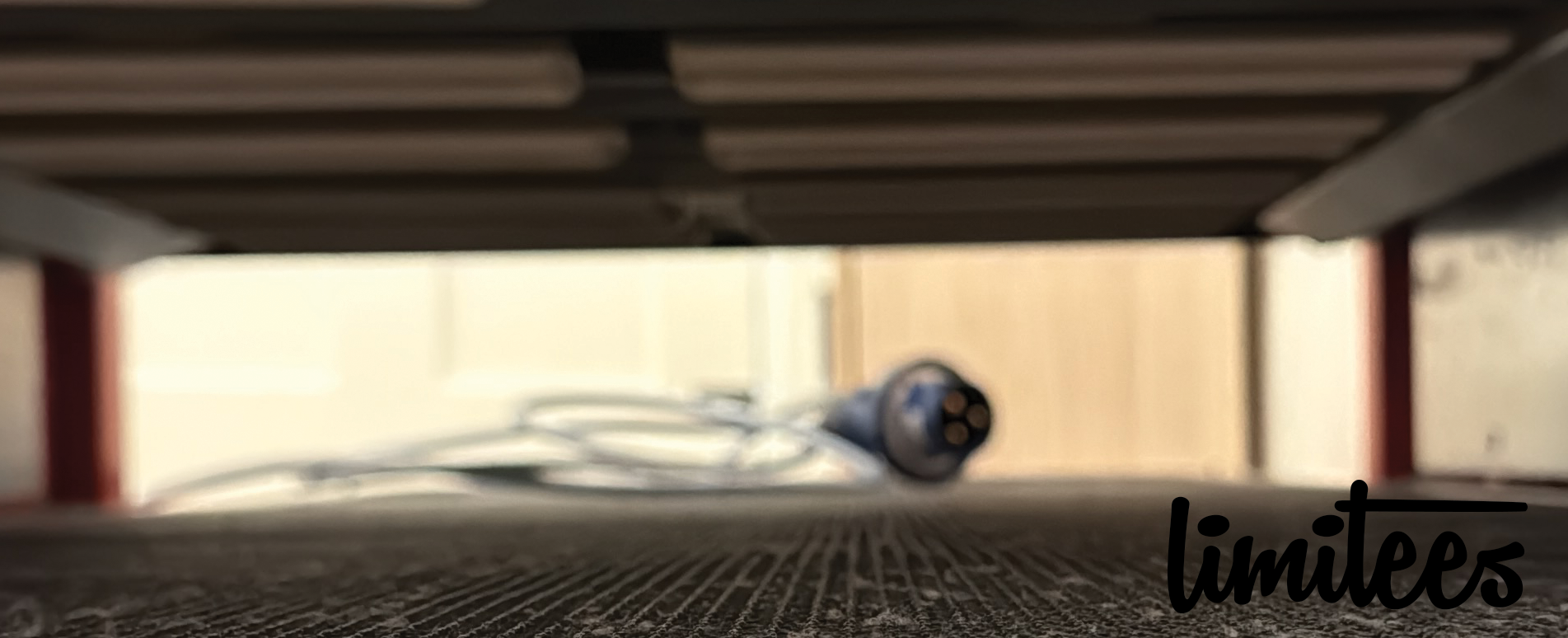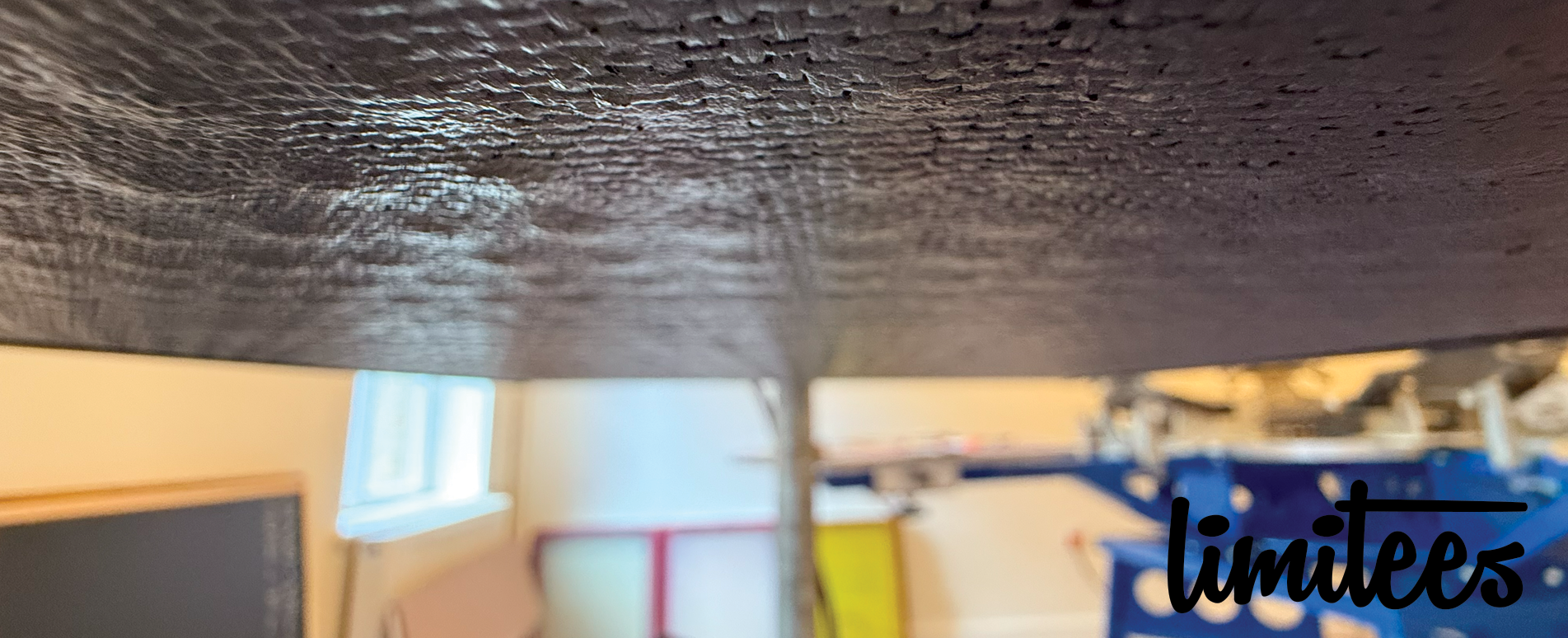I’m excited to share that I’ve just added an Epson XP-25000 to my screen printing…

Understanding Screen Printing Inks
When I started screen printing, I quickly realised that ink choice is just as important as mesh count, squeegee pressure, and registration. Different inks behave in different ways—some sit on top of the fabric, some soak in, and some require extra steps like heat curing or additives.
Through trial and error, I’ve learned that using the right ink for the job makes all the difference. Here’s a breakdown of the most common screen printing ink types and when to use them.
1. Plastisol Ink – The Industry Standard
Plastisol ink is one of the most commonly used inks in screen printing. It’s PVC-based, meaning it doesn’t air dry but instead needs to be heat cured (usually around 160°C).
✅ Pros:
- Vibrant colours with great opacity (especially on dark garments)
- Long shelf life (doesn’t dry in the screen)
- Works well on most fabrics
❌ Cons:
- Requires a heat press or conveyor dryer to cure
- Can feel heavy on the fabric if over-applied
- Not environmentally friendly
When I use it: Perfect for bold, bright prints on T-shirts and hoodies where durability is key.
2. Water-Based Ink – Soft & Eco-Friendly
Unlike plastisol, water-based inks soak into the fabric, resulting in a soft, breathable print. These inks dry naturally but still need heat curing for wash durability.
✅ Pros:
- Soft feel with no heavy ink layer
- Better for the environment (no PVC or phthalates)
- Ideal for light-coloured fabrics
❌ Cons:
- Less opaque, so not great for dark fabrics without an underbase
- Dries in the screen quickly, which can be a hassle
- Requires longer curing times
When I use it: Best for vintage-style prints, soft-touch designs, and eco-conscious projects.
3. Discharge Ink – Removing Dye for a Natural Print
Discharge ink is a type of water-based ink that removes the dye from the fabric rather than layering ink on top. This results in a soft print with no ink feel. However, it works best on 100% cotton and requires heat activation.
✅ Pros:
- No heavy ink layer—just a smooth, dyed effect
- Works well on dark garments without an underbase
- Creates a worn-in, vintage look
❌ Cons:
- Requires 100% cotton for best results
- The discharge process has a strong odour (proper ventilation is needed)
- Colours can vary depending on the fabric’s dye content
When I use it: Ideal for vintage designs, band merch, and soft-feel prints on dark cotton fabrics.
4. Speciality Inks – Effects & Textures
Puff Ink
- Expands when heated, creating a raised, 3D effect
- Great for bold text or logos
- Requires testing to get the right expansion level
Metallic & Glitter Ink
- Adds a shiny or reflective finish
- Works best with lower mesh counts to allow flakes to pass through
Glow-in-the-Dark Ink
- Charges under light and glows in the dark
- Best printed over a white underbase for maximum effect
When I use them: When I want to create something unique or eye-catching—like textured prints, high-end designs, or special merch.
Final Thoughts: Experiment & Find What Works
Each ink type has its own quirks, and I’ve learned that experimentation is key. Choosing the right ink isn’t just about looks—it’s about fabric type, durability, and how the print will feel when worn.
If you’re just starting out, I’d recommend:
Plastisol for bold, durable prints
Water-based for soft, eco-friendly prints
Discharge for vintage, soft prints on dark fabrics
Speciality inks for something extra unique
What’s your go-to screen printing ink? Have you had any disasters with the wrong ink choice? Let me know in the comments!



